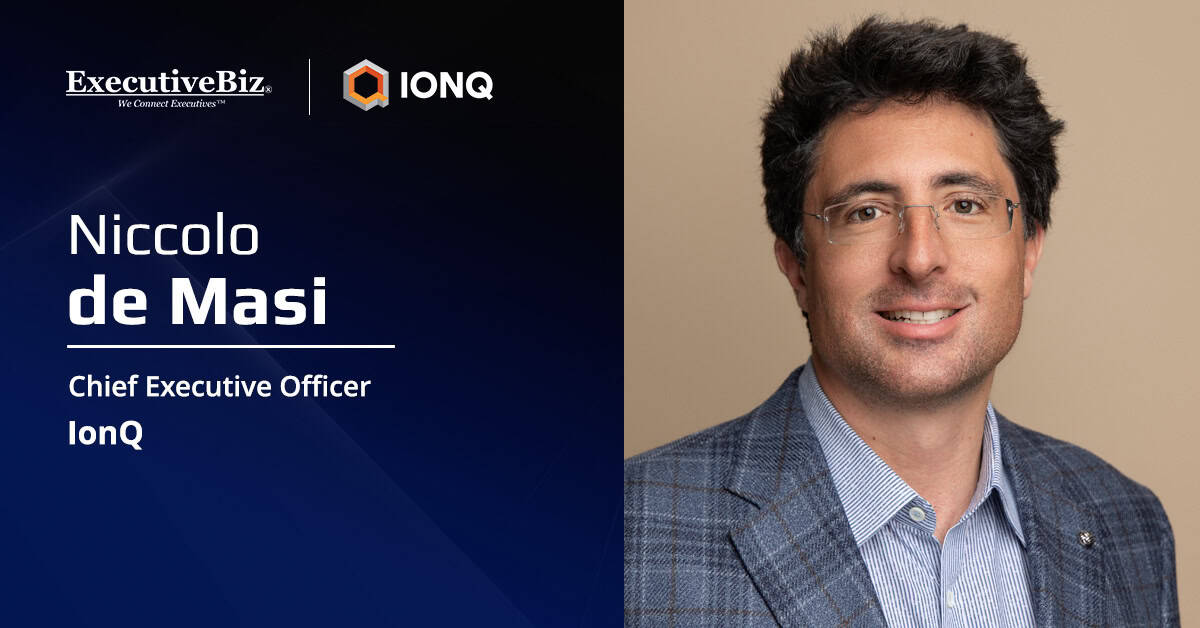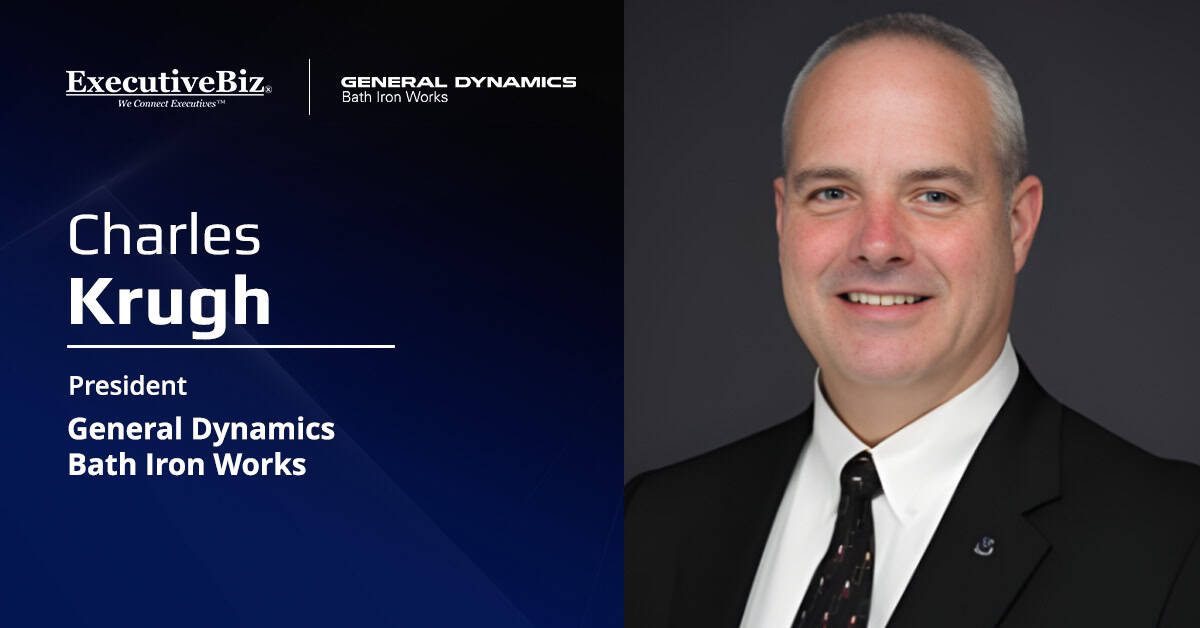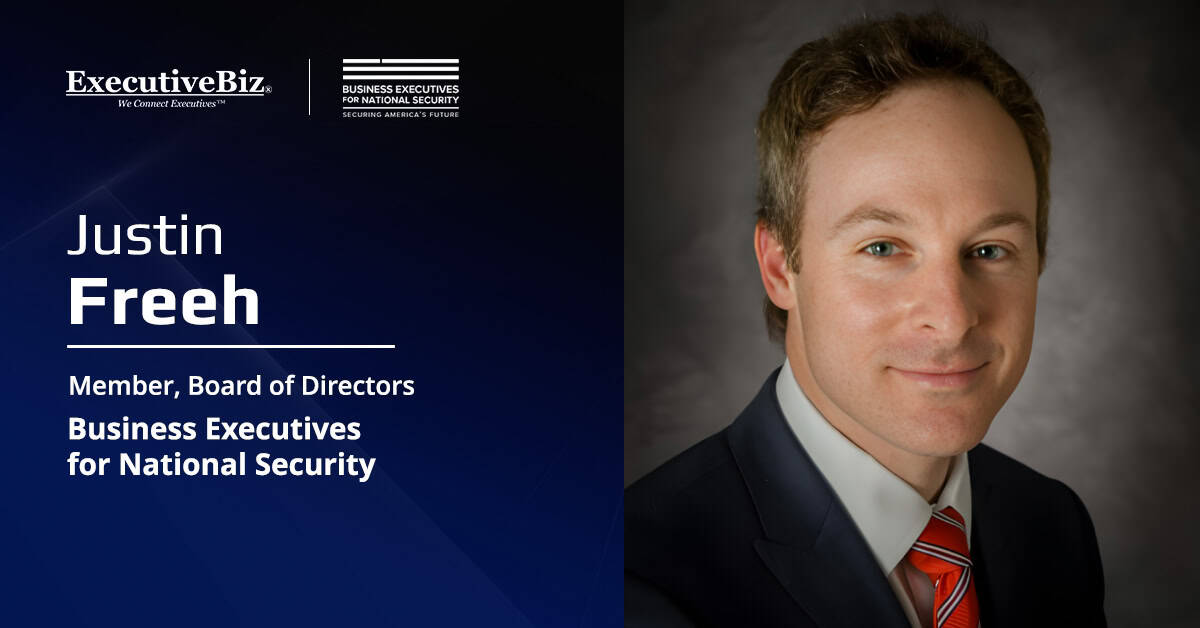IonQ has demonstrated the capability of its hybrid quantum-classical computing approach to address the unit commitment problem related to energy grid optimization. The company worked with Oak Ridge National Laboratory and the Department of Energy to develop the hybrid approach, which utilizes classical computing and IonQ’s 36-qubit Forte Enterprise quantum computer.
During the demonstration, the IonQ team discovered multiple possible solutions for power generation scheduling across 24 time periods and 26 generators.
“This demonstration marks a significant milestone in applying quantum computing to real-world energy challenges,” commented Niccolo de Masi, CEO of IonQ. “We are proud to be partnering on this ground-breaking work with ORNL and the DOE.”
Quantum Computing’s Potential Impact on Energy Sector
The unit commitment problem refers to the challenge of determining the optimal schedule that would enable power generators to meet electricity demand at minimum cost. Scheduling is made complex due to the scale of power systems and the use of dispatchable energy resources, such as nuclear plants and natural gas, and intermittent sources like solar and wind.
According to data from the U.S. Energy Information Administration, over 60 percent of energy used in electricity generation is lost. Optimized scheduling enabled by quantum computing offers opportunities for significant waste reduction in the grid.
“This case study, completed by ORNL in partnership with IonQ, demonstrated the feasibility of using an ion-trapped quantum computing device to solve the Unit Commitment problem in the power grid,” shared Suman Debnath, a senior research and development staff member at ORNL.
IonQ expects quantum computing to reach 100 to 200 high-fidelity qubits as early as 2026. According to de Masi, as quantum advances to “thousands and millions of qubits, we expect to solve grid optimization challenges at a scale that classic computing methods cannot match.”
The initiative is part of DOE’s Grid Research, Integration and Deployment for Quantumm, or GRID-Q, project. GRID-Q aims to enable researchers to identify use cases for quantum computing, communication and sensing on the power grid.





